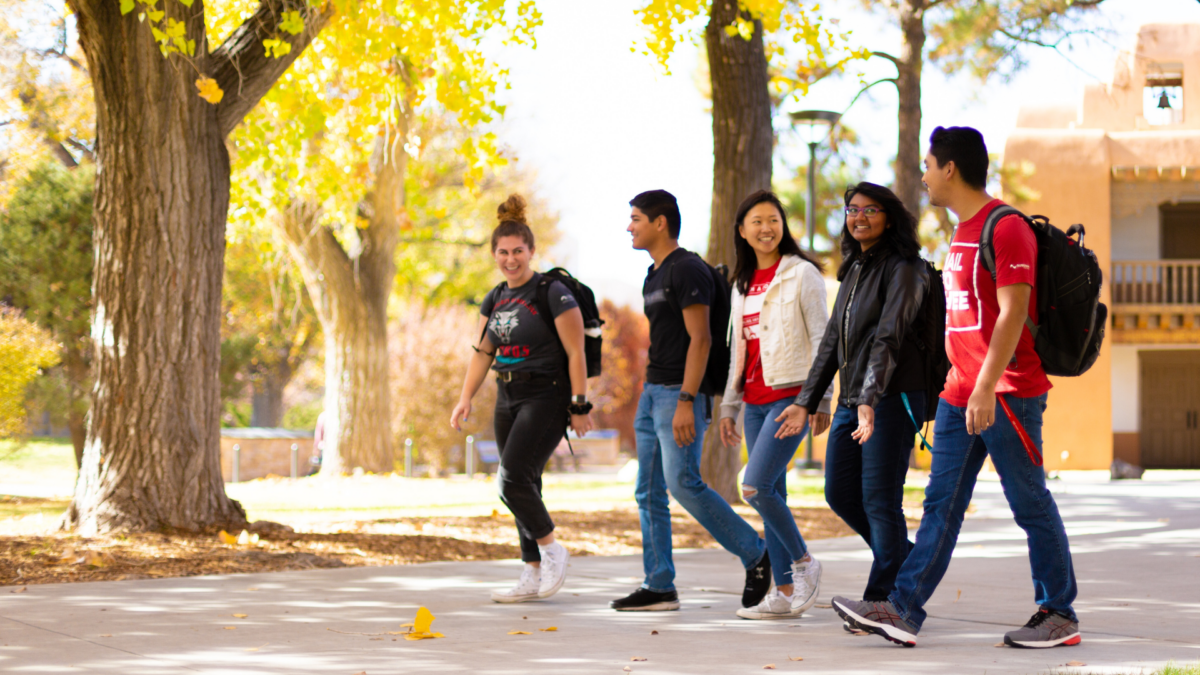Many Students Forgo Borrowing Despite Financial Need
Published May 13, 2014
Washington, D.C., Dec. 8, 2008—For millions of students, the increasing cost of a college education, combined with lower rates of growth in grant aid, have resulted in additional reliance on student loans to pay for college. In 2003-04, 35 percent of undergraduates obtained a loan from federal, state, or other sources. The large and growing role of student loans presents both opportunities and concerns for students who enroll in college. For certain students, however, loans offer the ability to pay for necessary college expenses that they otherwise could not afford; for others, loans may result in significant debt without completing a college degree. In some cases, 45 percent of undergraduates make a deliberate decision not to borrow even when they have significant remaining financial need ($5,000–30,000) after receiving money from other sources.
A new report by the Institute for Higher Education Policy (IHEP) and Excelencia in Education highlights the borrowing patterns of students who choose to enroll in college and provides suggestions about why certain students may not borrow, even when borrowing seems to be a logical choice. The study, Student Aversion to Borrowing: Who Borrows and Who Doesn’t, uses the demographic and enrollment characteristics of undergraduate students, as well as interviews with students and financial aid administrators, to gain a better understanding of students’ use of loans as a means to finance their college career.
Top Three Reasons Why Students May Not Borrow
- Students may attend lower cost institutions or change their attendance pattern so that they face fewer expenses in a given semester and do not need to borrow. In 2003–04, part-time students at community colleges were substantially less likely to borrow. Even when they had remaining need of $2,000 or more, community college students were less likely to borrow than students enrolled in other institutional types.
- Students may use other financial resources to pay college expenses and not have to borrow. Older students, independent students, and students who delayed their entry into college were less likely to borrow than their counterparts, despite having remaining need of at least $2,000. These students may be using savings or current income to finance their studies.
- Students from certain racial/ethnic or immigrant groups may have a cultural or familial perspective on debt that encourages them not to borrow. For example, in 2003-04, Latino and Asian students were less likely to borrow than White and Black students, despite having at least $2,000 in remaining need after grants.
“An aversion to borrowing could be limiting college enrollment choices for some students, which is a possible indication of a larger problem that is related to student decision making,” said IHEP President Michelle Asha Cooper, Ph.D. “It is important to identify if there are certain patterns and behaviors of students who do not want to borrow in an effort to help financial aid administrators, high school counselors, and others target students who may need additional help in deciding how to finance their college career.”
Strategies to Help Students Understand Borrowing for College
To help students better understand the risks and benefits of borrowing for college, several strategies could be used by policymakers and institutional leaders.
- Help high school counselors and others address issues of loan aversion.
- Develop institutional programs that extend financial literacy and offer emergency financial support.
- Consider changes in the financial aid system to reduce the need for borrowing.
- Evaluate the wisdom of prohibiting students who need or want to borrow from doing so.
“Given the vital role of student loans in higher educational financial aid, it is critical to understand students' perspectives on debt. With the college-going population becoming increasingly diverse and current heightened concerns among policymakers and the general population to finance-related barriers to the pursuit of higher education, this study offers the means to reach data driven decisions to better serve college going students,” said Sarita E. Brown, Excelencia in Education president. “Our two organizations share a commitment to the use of analysis and research to support and inform policies and practices to expand educational opportunities for students.”
Although the report points out that more research is needed, it is clear that where an aversion to borrowing exists, it is only part of a larger problem. Many students do not understand the long-term value of a college degree and the types of financial aid available. For students who are adverse to borrowing, there is also a need to explain the impact to which alternative strategies such as full-time work or part-time enrollment can reduce their chances for degree attainment.
Student Aversion to Borrowing: Who Borrows and Who Doesn’t, was funded by TERI, TG, and USA Funds. The full report is available for download on IHEP’s Web site at www.ihep.org and Excelencia in Education’s Web site at www.edexcelencia.org. This report reflects the ongoing collaboration between our organizations and the second joint policy report. Another collaborative report produced by IHEP and Excelencia includes How Latino Students Pay for College, which sheds light on affordability barriers to college access and success for Latino students.


